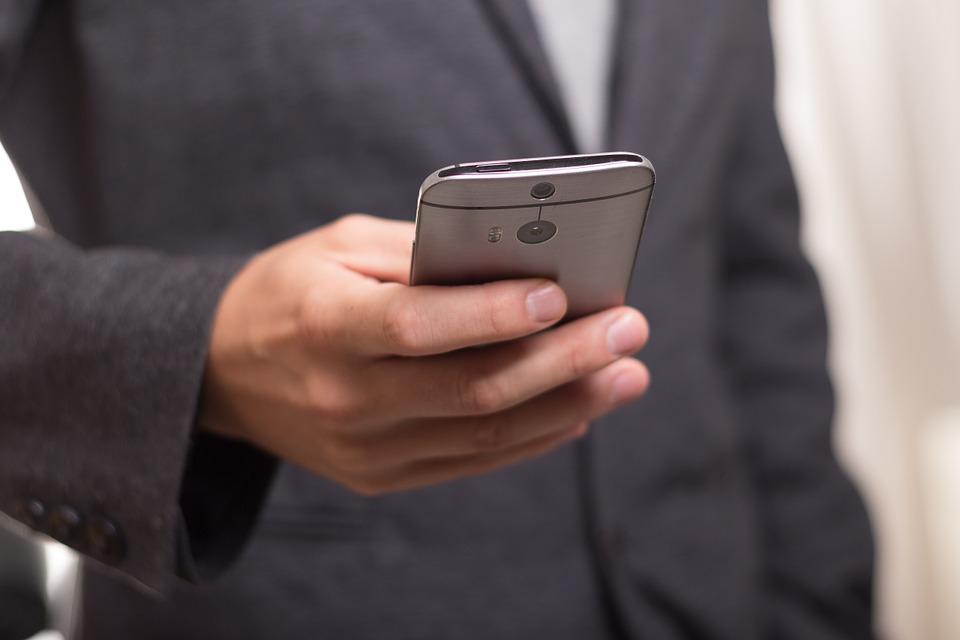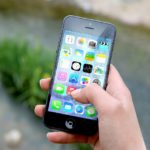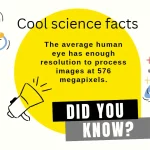Today, smartphones are an important part of our lives. We use them to stay connected with friends and family, check the news, and even do our shopping. But how much do you really know about these devices? Here are some interesting facts about smartphones:

- It is a little-known fact that the Android operating system did not originate with Google. In fact, Android began as a startup company founded in 2003 by Andy Rubin, Rich Miner, Nick Sears, and Chris White. The company’s original goal was to create an operating system that would power digital camera devices and give them access to computer services. Google purchased the startup in 2005 for an undisclosed sum.
- While Android was not originally developed by Google, the search giant has certainly made the most of it. Today, Android is the world’s most popular mobile operating system, powering billions of devices around the globe. And while Google may not be the only company benefiting from Android’s success, it is certainly the one that has made the most of it.
- In 1994, IBM released a smartphone called IBM Simon with a touchscreen display. It was the first phone to offer email, fax, and data service. It also had a calendar, address book, and notepad. In addition, it could run third-party apps, making it one of the most innovative phones of its time. Despite its features, the IBM Simon was not a commercial success. The high price tag and lack of widespread cellular coverage were two of the main reasons for its failure. Nevertheless, the IBM Simon was an important step in the development of future smartphones.
- It’s a little-known fact that most smartphones are capable of receiving FM radio signals. If you’re not familiar with how FM radio works, it’s basically a technology that allows you to listen to terrestrial radio stations through your phone. So why can’t you do this with your smartphone? The answer lies with the wireless companies. Even though smartphones are capable of receiving FM signals, wireless companies have no financial incentive to activate this feature. Why? Because there’s no way for them to make money off of it.
- The Nokia 3310s was first released in 2000 and quickly became one of the most popular phones on the market. One of the main reasons for its popularity was its impressive battery life; users could rely on the phone to last for days without needing to be recharged. In contrast, current smartphone models have much shorter battery lives, with many requiring to be charged on a daily basis.
- Nikola Tesla had a number of visionary ideas that, while ahead of their time, have since come to fruition. One of these was his prediction for the modern smartphone. In 1926, the great inventor Nikola Tesla predicted the development of a device that would allow people to communicate wirelessly, without the need for wires or cables. At the time, Tesla’s predictions seemed far-fetched and impractical. However, just over a hundred years later, his predictions have come true in the form of the modern smartphone.
- It is hard to overstate how much computing power NASA had at its disposal in 1969. At the time, the agency was responsible for launching men to the moon and back, and its computers were some of the most sophisticated in the world. However, compared to even the simplest smartphones today, NASA’s computers were primitive. The Apollo Guidance Computer, for example, had just RAM of 4KB and a 32KB hard disk. By contrast, a modern smartphone has at least 4 GBs of memory and can perform billions of operations per second. In other words, a single smartphone is millions of times more powerful than all of NASA’s old computers combined. It is truly amazing to think about how far we have come in such a short time.
- A study has found that 65% of smartphone users do not download any apps in a given month. This is surprising, given the vast number of apps available and the fact that most smartphones come with a pre-installed app store.
- The next time you go to the restroom, take a look at the handles on the door. They are usually pretty gross, covered in all sorts of bacteria and other nasty things. Now, take a look at your mobile phone. It is probably just as dirty, if not dirtier. Studies have shown that mobile phones are covered in all sorts of bacteria, including E. coli and Staphylococcus. In fact, one study found that the average mobile phone has 18 times more germs than a toilet handle.
- In a world where we are constantly tethered to our electronic devices, it’s no surprise that scientists are always looking for new ways to charge our phones. The latest method? Using urine. That’s right – researchers have found that urine can be used to generate electricity and that this power can be used to charge a mobile phone. The process works by using a microbial fuel cell, which harnesses the power of microbes to produce electricity. Urine contains nutrients that these microbes can use to create energy, which is then converted into electrical power. So far, the technology is still in its early stages, but it shows promise as an eco-friendly way to charge our devices in the future. Who knows – maybe someday we’ll all be charging our phones with our own bodily fluids!
- In today’s world, it’s not uncommon to see people walking down the street with their heads buried in their phones. This phenomenon has become so widespread that it even has a name: “smartphone zombie.” While smartphones can be a great way to stay connected and entertained, it’s important to use them responsibly. Walking around while glued to your phone is not only rude but can also be dangerous. Pedestrians who are focused on their screens are more likely to miss obstacles in their path, or even worse, walk into traffic.
- On January 9th, 2007, Steve Jobs unveiled the original iPhone model to the public. This event would have a significant impact on the smartphone market for years to come. At the time, Google’s Android team was secretly working on their own smartphone. However, when Jobs revealed the iPhone, Google’s team was forced to start all over again. The iPhone was a game-changer in the smartphone industry, and it resulted in a major shift in the way smartphones are designed and used today.
- IP Code, or Ingress Protection Code, is a rating system that helps consumers understand how well a particular product, in this case, a smartphone, is protected against water and dust. The code consists of the letters “IP” followed by two digits.
- The Android operating system is named after sweet treats, with each new version being given a code name based on a dessert item. The first version of Android with a codename was released in 2009 and was named Cupcake. Since then, each new release has been given a code name based on a sweet treat, including Donut, Éclair, Froyo, Gingerbread, Honeycomb, Ice Cream Sandwich, Jelly Bean, KitKat, Lollipop, Marshmallow, Nougat, Oreo, and Pie. While the code names are not used officially by Google, they have been adopted by the Android community and are widely used when referring to each new release.
- According to a recent study, the average smartphone users check their phones 35 times a day. That’s once every 12 minutes, whether we’re conscious of it or not. That number seems shocking at first, but when you think about all the ways we use our phones, it starts to make sense. We use them to stay connected with our friends and family, to stay on top of our work email, and to get directions when we’re lost. We use them to take pictures of special moments and to post updates about our lives. In many ways, our phones have become an extension of ourselves.





